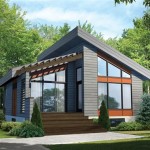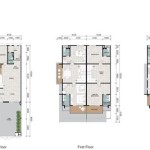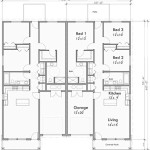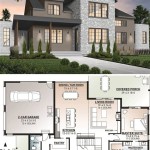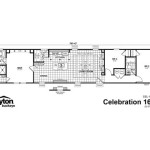Essential Aspects of Hexagonal Greenhouse Plans
Hexagonal greenhouses offer a unique blend of aesthetics, functionality, and efficiency. Whether you're a seasoned gardener or just starting, hexagonal greenhouse plans can provide you with the perfect framework for your horticultural endeavors. Here are some essential aspects to consider when designing your own hexagonal greenhouse:
Location and Orientation
Choosing the right location for your greenhouse is crucial. Consider factors such as sunlight exposure, drainage, accessibility, and wind protection. Hexagons provide ample space for plant growth, so ensure the overall size is proportionate to your gardening needs. Proper orientation is also essential; align the greenhouse's longest side facing north-south to maximize sunlight availability.
Roofing and Ventilation
The roof plays a vital role in light distribution and temperature control. Clear or translucent materials, such as polycarbonate panels or glass, allow for ample sunlight penetration. Consider incorporating vents or windows for proper ventilation to regulate temperature and humidity levels, preventing condensation and disease buildup.
Structural Support
The greenhouse's structural integrity is paramount. Hexagonal frames distribute weight evenly, providing stability. Choose durable materials such as aluminum or steel for the frame, and consider additional support beams if necessary based on the size of your greenhouse. Proper anchoring to the ground is also essential to withstand strong winds.
Height and Slope
The height and slope of the roof determine interior space and light distribution. Taller greenhouses allow for vertical gardening or taller plants, while higher slopes provide better drainage and minimize snow accumulation. Consider your specific plant needs and local climate when determining the optimal height and slope for your greenhouse.
Insulation and Heating
To extend the growing season or provide protection from extreme temperatures, consider insulating your greenhouse. Double- or triple-layer glazing, reflective insulation, or thermal curtains can help maintain a consistent temperature. If necessary, install a heating system such as radiant heat mats or space heaters to regulate warmth.
Access and Layout
Ensure your greenhouse is easily accessible for maintenance and plant care. Design the layout to maximize space utilization and efficient workflow. Plan for adequate pathways, storage areas, and workbenches. Consider automatic watering or climate control systems to streamline operations.
Conclusion
With careful planning and execution, hexagonal greenhouses can create a thriving environment for your plants. Consider the aspects outlined above to design a greenhouse that meets your specific needs. From selecting the ideal location and materials to ensuring proper ventilation and structural support, each element plays a crucial role in creating a successful and enjoyable gardening experience.

Hexagonal Greenhouse Plans Google Search Interiors Home Interior Paint

Octagonal Greenhouse 15 Steps With Pictures Instructables

Plans For A Simple Geodesic Greenhouse Or Shed

Octagonal Greenhouse 15 Steps With Pictures Instructables

Octagonal Greenhouse 15 Steps With Pictures Instructables

Octagonal Greenhouse 15 Steps With Pictures Instructables

Maintainance Free Octagonal Greenhouse Backyard Wooden Greenhouses

Loxley 6ft6 X Wood Joinery

Aluminium Hexagonal Greenhouse 175

Hexagonal Octagonal Greenhouses Alitex


